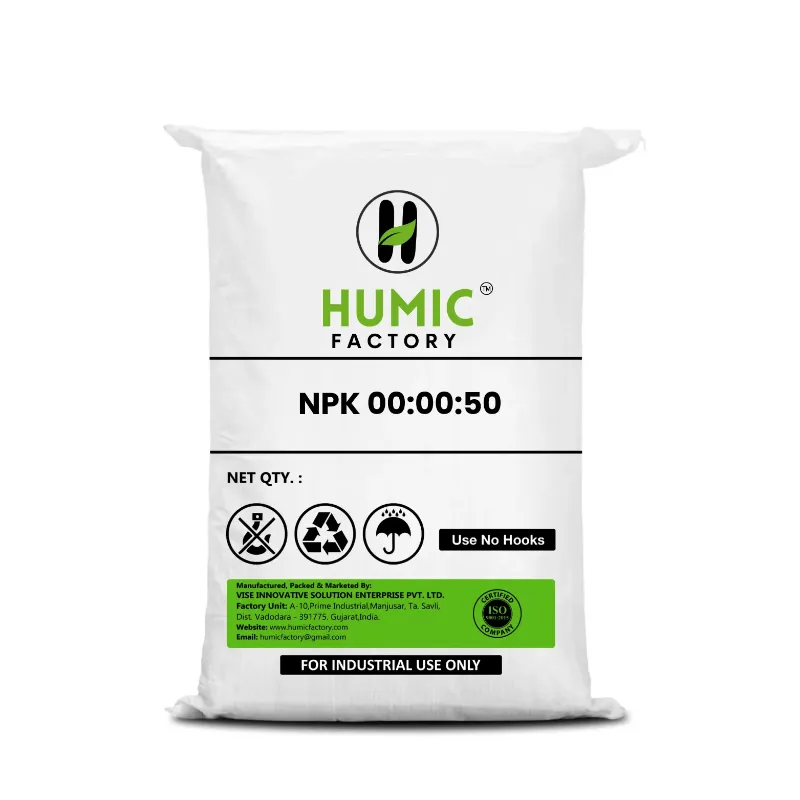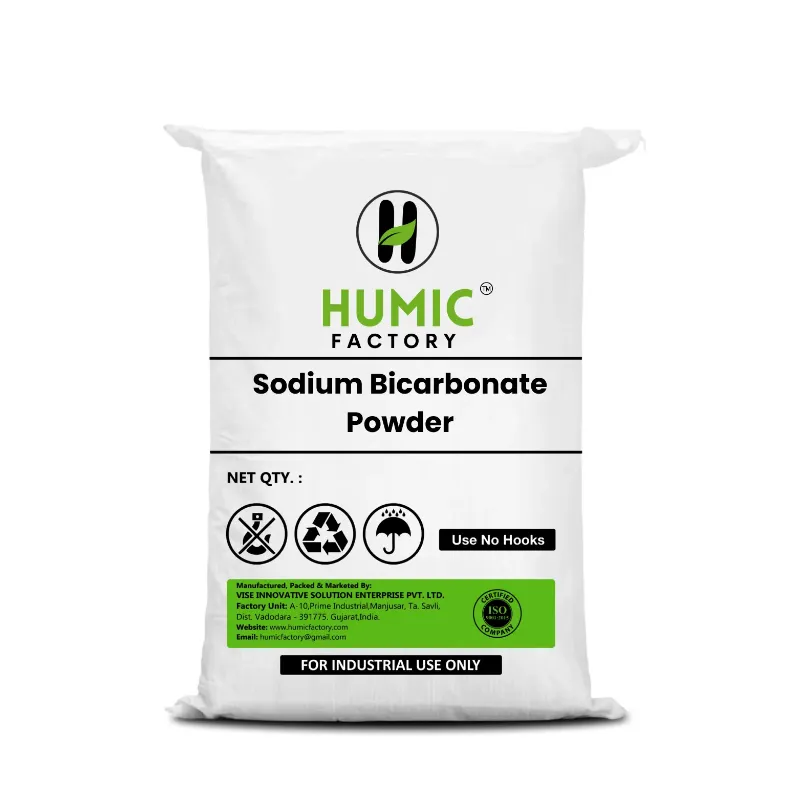When it comes to successful farming, understanding how different NPK ratios impact crop yield and health is essential. NPK, which stands for nitrogen (N), phosphorus (P), and potassium (K), is the backbone of fertilizers used worldwide. Each nutrient plays a unique role in plant growth, and the specific ratio of these nutrients can significantly influence how well crops perform. So, let’s explore how varying NPK ratios affect your plants and what you can do to optimize their growth! Before diving into the effects of different NPK ratios, it's important to understand what each nutrient contributes to plant health: These ratios boost leafy growth, making them ideal for leafy vegetables like lettuce and spinach. However, excess nitrogen can lead to lush foliage at the expense of flowers and fruits. These fertilizers provide equal parts of all three nutrients, promoting overall plant health. Balanced NPK ratios are often used for general-purpose applications, ensuring crops have what they need to flourish at every growth stage. Ideal during flowering and fruiting stages, high phosphorus ratios encourage robust root systems and promote blooming. Crops like tomatoes and peppers benefit from this ratio, leading to increased yields and better fruit quality. With a focus on potassium, these fertilizers help improve fruit quality and enhance disease resistance. This ratio is excellent for fruit-bearing crops and can lead to healthier and tastier produce. While understanding NPK ratios is crucial, soil health is equally important for crop success. Healthy soil provides a balanced environment for nutrient uptake. This is where Humic Factory products can make a difference. Our organic humic acids enhance soil structure, increase water retention, and improve nutrient availability, allowing your plants to absorb nutrients more effectively, regardless of the NPK ratio used. The best NPK ratio for your crops largely depends on their specific needs and growth stages. Here are some tips to guide you:The Role of NPK in Plant Growth
Phosphorus (P): This nutrient supports root development, flowering, and fruiting. Adequate phosphorus is crucial for energy transfer within the plant, helping it to thrive during critical growth stages.
Potassium (K): Known for its role in improving fruit quality and disease resistance, potassium helps regulate various physiological processes, including water uptake and photosynthesis.How Different NPK Ratios Impact Crop Yield
The Importance of Soil Health
Choosing the Right NPK Ratio for Your Crops
Conclusion
Understanding how different NPK ratios affect crop yield and health is key to maximizing your farming efforts. By selecting the right ratio based on your crop types and growth stages, you can promote healthy plants and bountiful harvests. Additionally, incorporating Humic Factory products can further enhance your soil's nutrient-holding capacity, ensuring your crops get the most out of whatever NPK ratio you choose. Happy farming, and may your fields flourish!


Submit your contact number to receive exclusive updates
Something went Wrong Please try again!!!
Bulk Purchase
Get Bulk Discount
Get Discount Code now
फोन नंबर सबमिट करे और ऑफर पाए
We believe farming is hard. This is our attempt to support farmers. Submit your contact details to receive a discount and other offers from Humic Factory.

Recommended Products
COPYRIGHT © 2024. All Rights Reserved By Humic Factory


